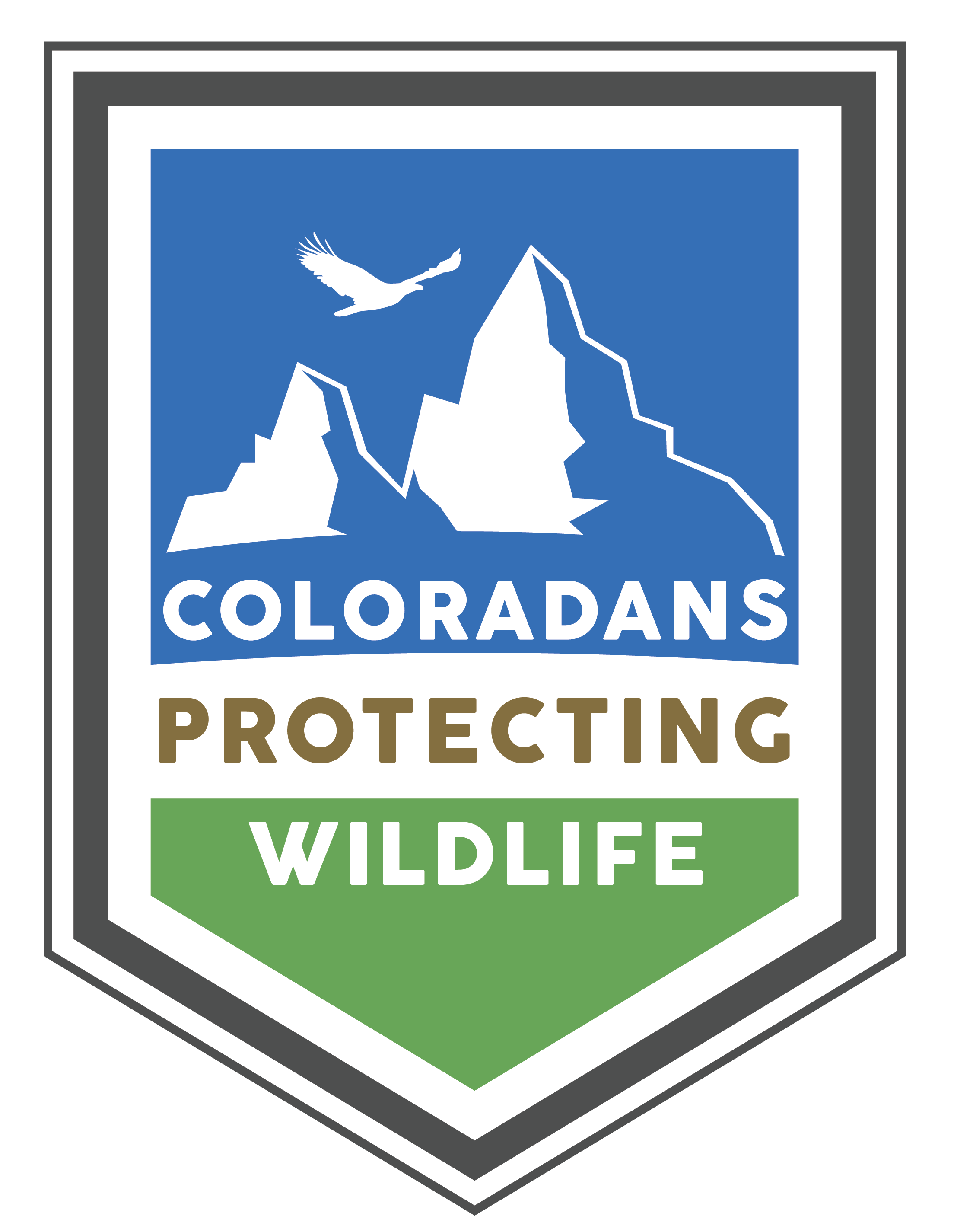Groups Call for Proponents to Pull Their Measure from 2020 Ballot
DENVER, Colo.—Colorado Parks and Wildlife announced on Jan. 8, 2020 that it strongly believes a pack of wolves is living in the northwest corner of Colorado. The ongoing investigation into the pack includes an eyewitness report of six wolves in October 2019 as well as the discovery last week of a thoroughly scavenged elk carcass near the same location as the October sighting.
Considering this news, Chad Vorthmann, Executive Vice President of the Colorado Farm Bureau called on the proponents of the ballot measure to leave nature alone and end their campaign. “Just as predicted, wolves are making their way into Colorado on their own. This measure is pointless and will only lead to wasted taxpayer dollars and increased bureaucracy. The proponents should let mother nature work its magic, stop trying to impose their will on the natural world, and retract their ballot measure.”
This news comes several months after the confirmed presence of a wolf in Jackson County—also located in northwest Colorado—in July 2019. That wolf had migrated into the state from Wyoming’s Snake River Pack. According to JT Romatzke, Northwest Regional Manager for Colorado Parks and Wildlife, “It is inevitable, based on known wolf behavior, that they would travel here from states where their populations are well-established.”
“We have no doubt that they are here, and the most recent sighting…is further evidence of the presence of wolves in Colorado,” said Romatzke. Established wolf populations exist in several states near Colorado, including immediate neighbor states: New Mexico, Arizona, Utah, Wyoming, Idaho, and Montana.
Background:
Voters in Colorado will decide this November whether to force wolf introduction along the state’s Western Slope. This means the fate of western Colorado communities will be decided by a majority of voters living east of the Continental Divide. A dangerous prospect. The ballot measure would require Colorado Parks and Wildlife to develop and implement a plan to bring wolves to the state within three years. The measure is expected to cost taxpayers nearly $6 million over eight years.
Colorado already has a plan to address wolves. State officials, conservationists, farmers and ranchers, and other stakeholders currently operate under a “free-ranging” wolf plan that is informed by scientific processes, research, and expert guidance. This plan protects wolves that enter Colorado from surrounding states while minimizing conflicts with people and other animals. “Forced introduction of wolves would circumvent this policy which is clearly working as intended,” said Vorthmann. Further, wolves are protected under the federal Endangered Species Act.
Colorado Parks and Wildlife is the lead state agency for wildlife issues. The agency manages “41 state parks and more than 350 wildlife areas covering approximately 900,000 acres, management of fishing and hunting, wildlife watching, camping, motorized and non-motorized trails, boating and outdoor education. CPW’s work contributes approximately $6 billion in total economic impact annually throughout Colorado.”
Coloradans Protecting Wildlife is an issue committee that was formed to keep wildlife management in the hands of experts. The group believes that if wolves were to migrate to Colorado it should be naturally, without human interference and not at the whim of ballot box biology.The committee consists of a robust coalition including farmers and ranchers, outdoor enthusiasts, conservationists, sportsmen, and other interested stakeholders. For additional information about Coloradans Protecting Wildlife, please visit: www.RethinkWolves.com.
###




